Maintaining a high-quality veterinary practice requires keeping up with the latest innovations in veterinary medicine and technology while sharing open and caring communication with pet owners, say veterinary management advisors Maggie Shilcock and Georgina Stutchfield in "Veterinary Practice Management." Vets and veterinary technicians must inform, educate and obtain owner compliance to medical protocol to assure the best outcome for their animal patients. To become a profitable, service-oriented business, veterinary clinics need to offer the highest possible level of care in an organized, cost-effective manner.
Suggestions
Maintain the outpatient area -- that is the reception area, examination rooms, laboratory, pharmacy and public restrooms -- in a clean, quiet, organized and odor-free condition. Ensure that exam rooms are cleaned after every patient and fully-stocked with the syringes, vaccines, bandaging materials and stethoscopes needed during veterinary checkups.
Establish a routine so that vet techs and kennel workers clean the inpatient areas -- consisting of treatment areas, patient wards, the isolation ward, exercise yards, bathing and grooming areas, and kitchen -- on an on-going basis. Organize all towels, newspapers and bedding in closets adjacent to both the kennel and wards and set a schedule for washing linens. Replenish the treatment areas daily with necessary bandage materials, blood-collection tubes, needles and syringes, and cleaning supplies.
Prepare the surgical area -- the operating room, radiology, the surgical prep and recovery rooms -- for patients prior to the clinic opening. Turn on the oxygen, set up anesthesia machines, start the X-ray developer, lay out surgical packs and check for all emergency medicines before the first scheduled procedure.
Create a working traffic flow so that client care is efficient, professional and personalized. Each appointment needs an assigned time limit depending on the procedure involved; this should be established during the initial phone booking. Make certain the front-desk personnel pull the patient files before each appointment, they call the client and patient by name, and the client gets the bill in a timely manner after leaving the exam room.
Tips
Alphabetize all medications in the pharmacy. Keep the pharmacy stocked with all medical dosages, and regularly audit for necessary re-orders. Vaccines need to be kept refrigerated and should also be audited on a regular basis.
Delegate a senior veterinary technician to run the audits and prepare clinic orders.
Ensure the pharmacy carries the Occupational Safety and Health Administration safety-data sheets required for licensing, say veterinarians Dennis McCurnin and Joanna Bassert in "Clinical Textbook for Veterinary Technicians." Your pharmacy and laboratory should also be close to an eye-wash station in case of accidental worker contamination.
Place all veterinary medicines classified as controlled substances by the Drug Enforcement Administration in a locked safe. Designate that only veterinarians and registered veterinary technicians be allowed to handle these drugs, and regularly audit the data sheets supplied for Drug Enforcement Administration use.
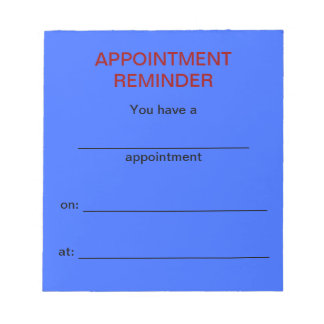






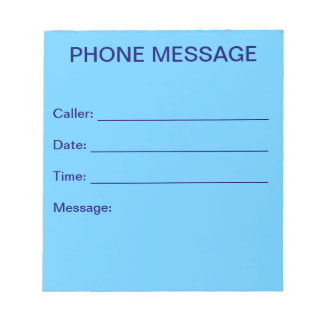












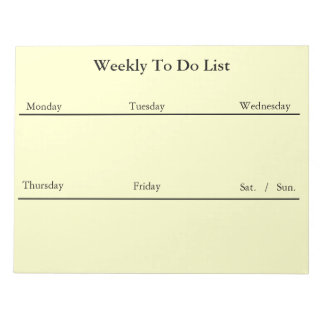

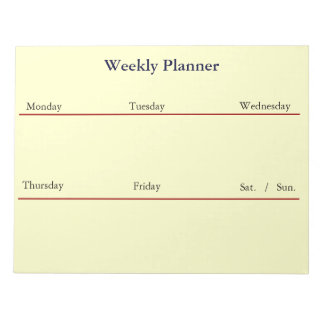



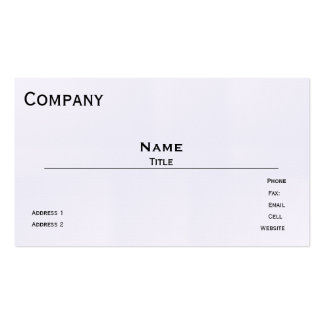


























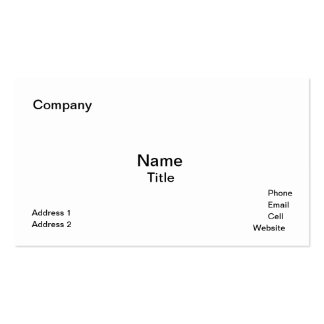




No comments:
Post a Comment